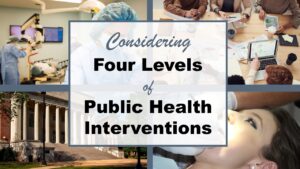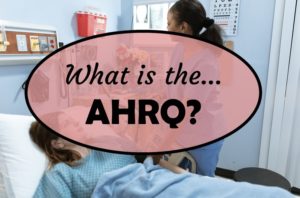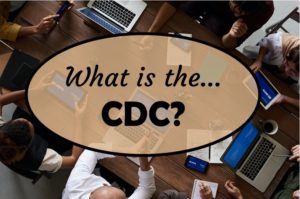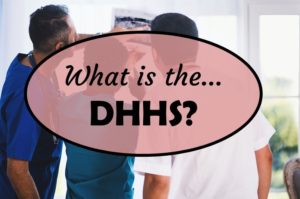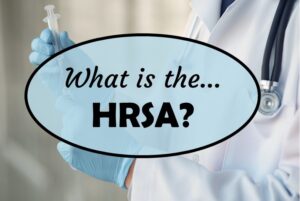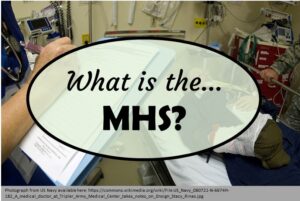“What is the NIH?” is a question I do not remember ever asking. I feel like I have always known what the NIH is. I think it’s because one of the first words I learned was “institute”, and that is what the “I” stands for in NIH – National Institutes of Health. So it might be weird that I never remember asking, “What is the NIH?” but it’s because the NIH is so ubiquitous – especially if you are involved in healthcare anywhere, but especially the United States (US). But even though most people in the US have at least heard of the NIH, not everyone – even public health workers – fully understand what the NIH actually is.
What is the NIH?
The National Institutes of Health (NIH) is a top-level federal agency at in the US. When congress decides to appropriate money to go to “medical research”, it basically goes to the NIH. You will notice that the “I” in NIH is plural – “institutes”. That’s because NIH has different offices, institutes, and agencies within it that work to make sure all the research money is spent, and all the topics that deserve research get researched.
What does the NIH do?
Actually, that is the main thing that NIH does – which is give out government money to researchers to fund them doing research, mostly in the form of grants. In order to do that, NIH has built a whole infrastructure around this activity. There are scientists who write requests for applications (RFAs) and other grant-related documentation. There are a lot of financial professionals keeping track of the money, and administrative professionals managing the relationship between NIH offices and agencies and grantees. There are people overseeing ethics, people in charge of communications, and a lot of people focused on ensuring grant money is distributed properly, and research is completed.
My Take on the NIH
In the early 2000s, the director of the NIH was Dr. Elias Zerhouni, who I found particularly inspiring. He pointed out that the NIH had grown kind of like a house where people keep adding on rooms. For example, you have the National Heart, Lung, and Blood Institute (NHLBI), the National Institute of Aging (NIA), and National Institute of Mental Health (NIMH). Let’s say you want to research depression you see in older people who have survived a heart attack. Which institute is the right one?
As a result, he championed the NIH Roadmap. The Roadmap was supposed to help us get back on track. One big part of the roadmap was translational research – which is literally trying to make the things we are finding in research that work available in actual healthcare. This is hard in the US, because insurance controls everything. If insurance doesn’t want to pay, it doesn’t happen, no matter how evidence-based it is.
In my opinion, when I think today of the question, “What is the NIH?”, I can’t help but think about how the NIH Roadmap failed miserably. I commend Dr. Zerhouni for dreaming big – but I don’t think we even got past the starting gate. I think NIH was just too ossified to begin with in order to fix anything. A lot of money was dumped into failed ideas like “personalized medicine” and huge genetics and other databases nobody uses. Now that we had a global pandemic, we’ll see if another visionary comes along and can turn NIH around and make it work for the people.
Published March 16, 2022. Banner added November 2, 2022. Updated banners July 11, 2023.
Read all the public health alphabet soup posts, and learn about the public health landscape!
Wondering what we mean by the National Institutes of Health (NIH)? In my blog post, I explain the NIH’s role in appropriating funding for research, and demystify its role in implementing federal priorities.




